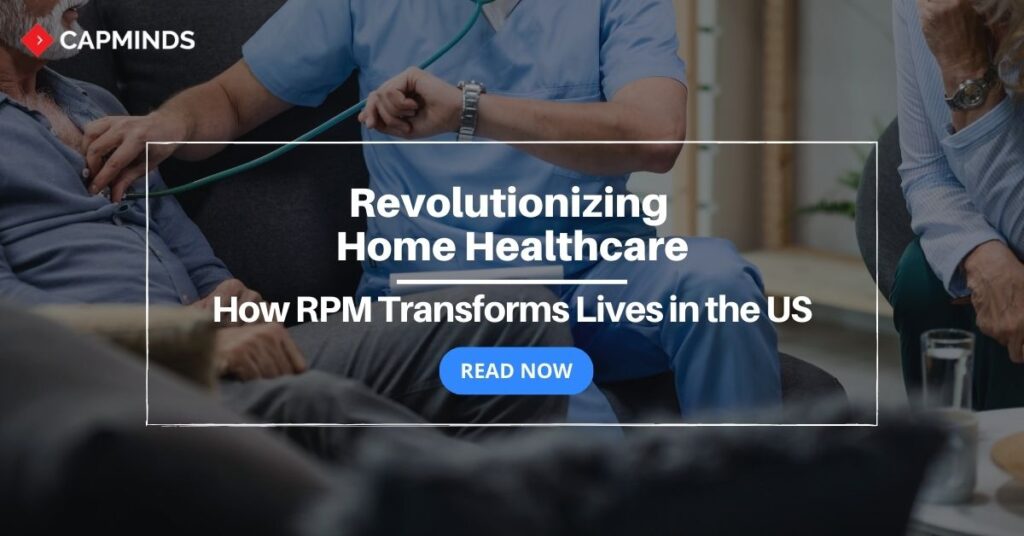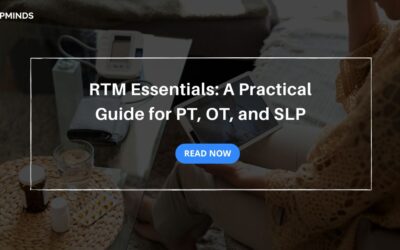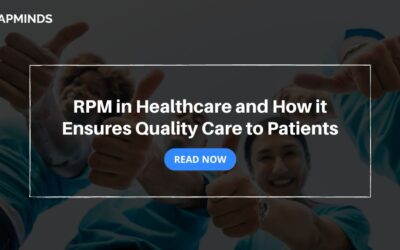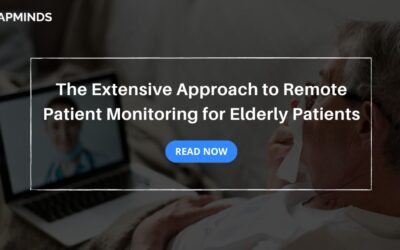Revolutionizing Home Healthcare: How RPM Transforms Lives in the US
In an era defined by technological leaps and a growing focus on patient-centered care, Remote Patient Monitoring (RPM) has emerged as a transformative force in the realm of healthcare.
RELATED: Remote Patient Monitoring 101: Everything for 2023 & Beyond
RPM is bridging the gap between medical institutions and the comfort of home, empowering patients and healthcare providers alike. Join us as we explore the significant role of Remote Patient Monitoring in advancing home healthcare and the heartwarming stories that showcase its emotional impact.
The Evolution of Home Healthcare
Before we dive into the world of RPM, let’s take a moment to appreciate the journey of home healthcare.
RELATED: Remote Patient Monitoring 101: The Ultimate Integration Guide
Traditionally, healthcare has often been synonymous with hospital stays and frequent doctor’s visits. However, as medical science progressed and technology evolved, the concept of home healthcare gained momentum. It aimed to provide patients with the opportunity to receive medical attention and support within the familiarity of their own homes.
RPM: A Game-Changer in Home Healthcare
Here’s where Remote Patient Monitoring enters the scene.
- Remote Patient Monitoring is a healthcare delivery method that enables medical professionals to track and monitor a patient’s health data remotely
- It involves the use of various technological devices, such as wearable sensors and smartphones, to collect and transmit vital health information to providers
- This data includes parameters like blood pressure, heart rate, glucose levels, and more
1. Empowering Patients Through Independence
Imagine an elderly individual with a chronic condition like diabetes or hypertension, who wishes to maintain their independence while managing their health. RPM makes this a reality. These patients can now monitor their vital signs from the comfort of their homes, reducing the need for frequent, sometimes challenging, visits to the hospital.
John’s Story: Regaining Control
- John, a retired teacher in his late 70s, was diagnosed with diabetes
- The daily trips to the clinic for check-ups were taking a toll on him
- The introduction of an RPM device allowed him to monitor his glucose levels at home
- Not only did this ease his stress, but it also gave him a sense of control over his health
- He no longer felt like diabetes was dictating his life
2. Enhancing Timely Interventions
One of the most significant advantages of RPM is the ability to detect early warning signs. Healthcare providers can remotely track a patient’s health data in real-time, allowing them to identify any deviations from the norm promptly.
Emily’s Story: A Lifesaving Alert
- Emily, a young mother with a heart condition, experienced a sudden spike in her heart rate while using an RPM device
- The device immediately transmitted this data to her provider, who called her to take immediate action
- Thanks to RPM, Emily received timely medical attention, preventing a potentially life-threatening situation
3. Reducing Healthcare Costs
RPM not only benefits patients but also contributes to more efficient healthcare delivery. By reducing hospital readmissions and emergency room visits, RPM helps in lowering overall healthcare costs.
Sarah’s Story: Financial Relief
- Sarah, a single mother of two, had a child with asthma
- Frequent trips to the emergency room were both emotionally and financially draining
- RPM allowed her to monitor her child’s lung function at home, enabling early intervention when needed
- This not only improved her child’s health but also brought significant financial relief to their family
4. Personalized Care Plans
RPM enables healthcare providers to create highly personalized care plans for their patients. By analyzing the continuous stream of data, providers can adjust treatment regimens and interventions based on an individual’s specific needs and responses.
David’s Story: Tailored Treatment
- David, a cancer survivor, required ongoing monitoring of his vital signs
- RPM not only tracked his health but also identified that he responded better to a slightly adjusted medication dosage
- This personalized approach to his care ensured that he experienced fewer side effects and a smoother recovery
The Future of Home Healthcare
As technology continues to advance, the future of home healthcare looks even more promising. RPM is evolving rapidly, with innovations like artificial intelligence and predictive analytics being integrated into monitoring systems.
This means even more accurate predictions and timely interventions, ultimately leading to improved patient outcomes.
The Heart of RPM in Home Healthcare
Remote Patient Monitoring is not just a technological advancement; it’s a heartfelt transformation in the way we care for our loved ones and ourselves.
It’s about empowering patients to regain control over their health, providing timely interventions, reducing financial burdens, and offering highly personalized care. RPM is the heart that beats in the future of home healthcare, promising a healthier, more connected, and emotionally fulfilling journey for patients and their families.
Remote Patient Monitoring Solution from CapMinds
Be it treatment for anything, RPM’s role is vital. Its use of devices and delivering high-quality care remotely enables patients to relax and forget in-patient visit pressures.
Why choose CapMinds RPM?
- Simple new patient enrolment
- Manual & automated patient data access
- Customizable notification system
- Fully compliant billing
- Secure & HIPAA compliant
- Practice specific support
- Real-time tracking
- Better at-home chronic care management
- Reduced hospitalizations
- Efficient Remote Physiologic & Therapeutic Monitoring
CapMinds RPM solution allows patients to use digitally connected devices – like heart monitors and blood pressure cuffs to perform routine tests and share their health data with a healthcare professional. For more details visit our website and get started now with us on your journey to more success.
“Let’s make your practice more accessible to people around the world, together”




